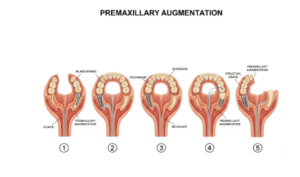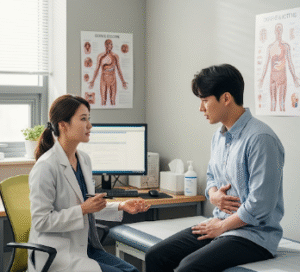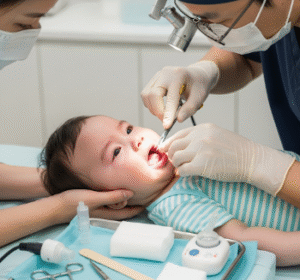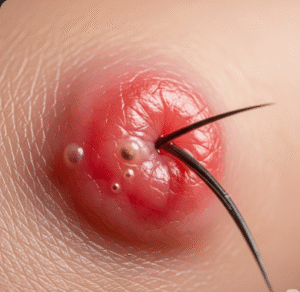Overview
Appendicitis is an inflammation of the appendix, a small pouch attached to the large intestine. It is a medical emergency that typically requires prompt surgical removal of the appendix (appendectomy). If untreated, the appendix can rupture and cause life-threatening complications. Appendicitis is most common among people aged 10 to 30, but it can occur at any age.
What is Appendicitis?
Appendicitis occurs when the appendix becomes inflamed due to blockage, infection, or other irritations. The inflammation causes pain in the lower right side of the abdomen, and if left untreated, it can lead to a ruptured appendix, peritonitis (infection of the abdominal cavity), or an abscess.
Symptoms
- Sudden pain that begins near the navel and shifts to the lower right abdomen
- Pain that worsens with movement, coughing, or sneezing
- Nausea and vomiting
- Loss of appetite
- Fever
- Abdominal bloating
- Constipation or diarrhea
- Inability to pass gas
Causes
- Blockage in the lining of the appendix (by stool, foreign body, or cancer)
- Bacterial infection leading to swelling and pus buildup
- Enlarged lymphoid follicles in the gut wall
- Trauma to the abdomen
Risk Factors
- Age (10–30 years old)
- Male sex (slightly more common)
- Family history of appendicitis
- Low fiber, high sugar or processed food diet
- Gastrointestinal infections
Complications
- Ruptured appendix: Can lead to widespread infection (peritonitis)
- Abscess formation: Collection of pus that may require drainage
- Sepsis: Life-threatening response to infection
- Intestinal obstruction
- Delayed recovery or prolonged hospitalization if treatment is not timely
Prevention
There is no guaranteed way to prevent appendicitis, but the following may help:
- Eating a high-fiber diet (fruits, vegetables, whole grains)
- Treating gastrointestinal infections promptly
- Seeking early medical attention for abdominal pain
Treatment Options in Korea
South Korea offers advanced and efficient treatment for appendicitis, with high standards of surgical care and hospital hygiene.
1. Diagnosis
- Physical examination (checking for rebound tenderness)
- Blood tests to detect infection
- Urinalysis to rule out urinary tract causes
- Imaging tests:
- Ultrasound (commonly used in children and pregnant women)
- CT scan (most accurate for confirming appendicitis)
2. Surgical Treatment
- Laparoscopic Appendectomy: Minimally invasive, widely practiced in Korean hospitals. Benefits include smaller incisions, faster recovery, and less pain.
- Open Appendectomy: Used in cases of ruptured appendix or complications.
3. Non-Surgical Management (selected cases)
- In uncomplicated appendicitis, antibiotic therapy may be used as a first step. However, surgery remains the definitive treatment in most cases.
4. Postoperative Care
- Short hospital stay (often within 1–2 days for laparoscopic cases)
- Pain management and antibiotics
- Follow-up for wound healing and infection prevention













